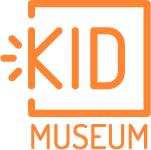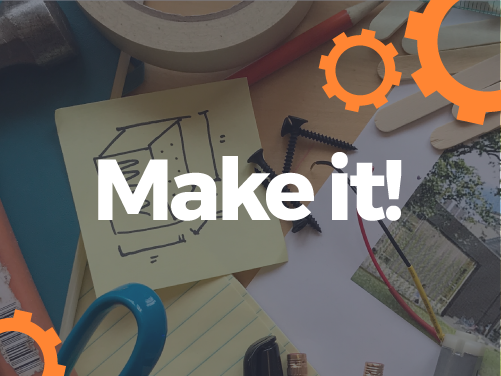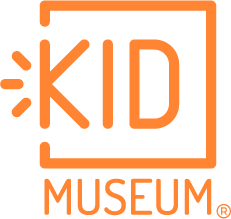Stuck at home? Let’s make the most of it!
We hope you have enjoyed Make it! DIY these past few months. Our educators have done a fantastic job providing free maker projects and this week we’re featuring some of our favorites. From bridge building to balloon science, we’ve loved every activity that has kept making going since we’ve been stuck at home.
Make it! Summer Camp has come to a close, but be sure to keep an eye out for Make it! After-School which will be launching in just a few weeks. Subscribe to our newsletter to be amongst the first to find out about this new interactive programming from our Maker Educators.
But for now… Ready. Set. Make it!





